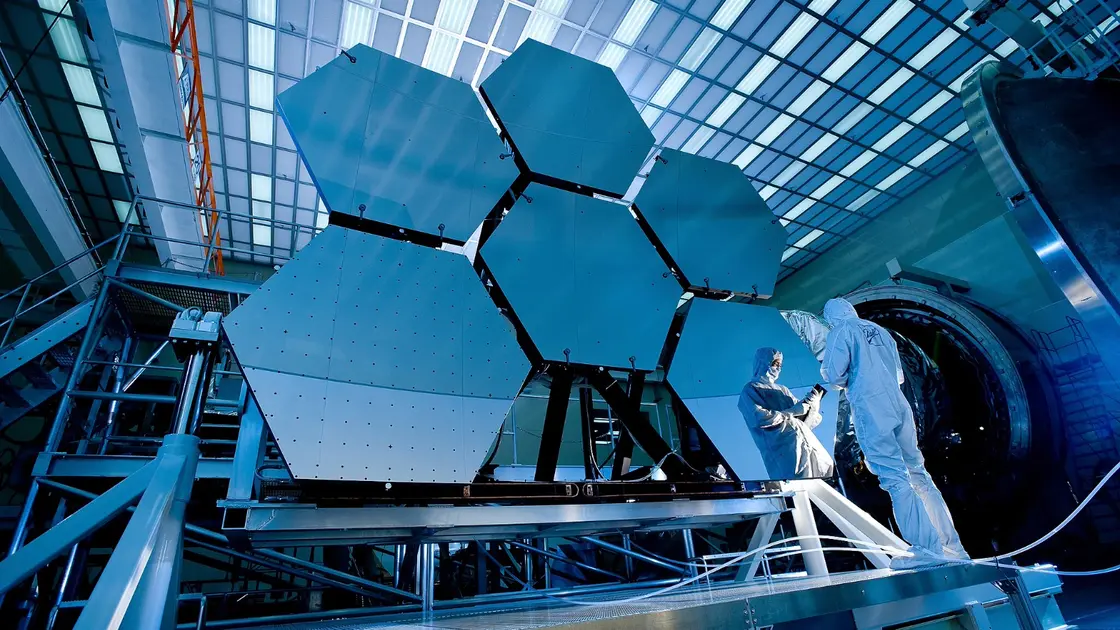T4K3.news
Possible planet spotted near Alpha Centauri
JWST may have imaged a Saturn-size world in the habitable zone, but confirmation is pending.
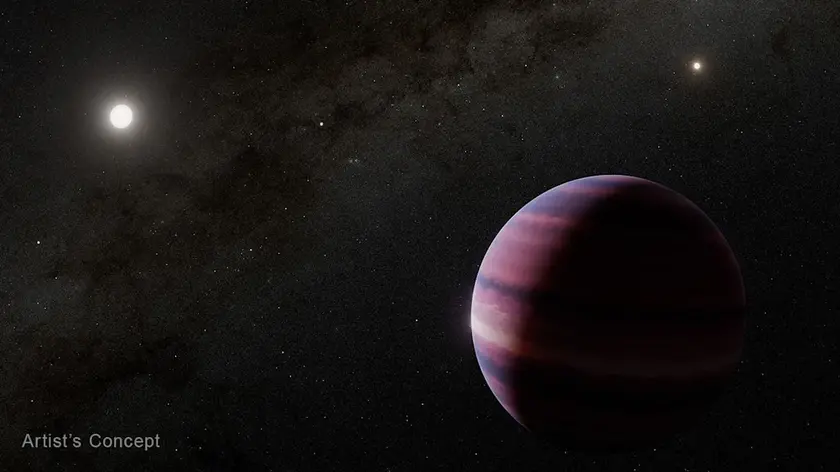
James Webb sightings suggest a Saturn-size planet near Alpha Centauri A, but follow-up is needed to confirm.
JWST Spots a Potential Planet in Alpha Centauri Habitable Zone and Then Loses It
NASA James Webb Space Telescope captured a possible Saturn-size planet near Alpha Centauri A, a sun like star four light years from Earth. The signal appeared in August 2024, but did not reappear in 2025 observations. The team used the Mid Infrared Instrument with a coronagraph to block bright starlight and reveal faint companions. The scientists say the planet may have moved into the glare of the star, rendering it temporarily invisible to JWST.
If verified, the world would be the closest exoplanet in the habitable zone and the nearest directly imaged planet. The planet would orbit at about twice the Earth Sun distance, and its Saturn size mass suggests a substantial gas envelope rather than a rocky world. Because detection relies on a delicate balance of light, follow up observations are required. The researchers expect potential visibility in 2026 or 2027, with the Roman Space Telescope joining the hunt after 2027.
Key Takeaways
"If real this would rewrite our map of nearby worlds"
A concise take on potential significance of a confirmed finding
"Direct imaging at this distance tests JWST s breaking points"
Comments on the technical challenge involved
"The 2026 2027 follow up will decide the case once and for all"
Outlook for confirmation and next steps
"Alpha Centauri remains a proving ground for near-term exoplanet science"
Context on system importance for the field
The potential discovery would highlight how much we still have to learn about nearby stars and the limits of our imaging technology. Direct imaging near bright, moving stars is a technical feat, and Alpha Centauri results show the need for careful analysis and independent verification before claiming a discovery.
The story marks a changing pace in exoplanet science, where new data windows and next generation instruments will decide if a claim holds up. The Roman Space Telescope will join the hunt after 2027, expanding the set of nearby targets and tests for these methods.
Highlights
- If real this would rewrite our map of nearby worlds
- Direct imaging at this distance tests JWST s breaking points
- The 2026 2027 follow up will decide the case
- Alpha Centauri keeps testing our limits and imagination
Science moves forward one careful step at a time as new data arrive.
Enjoyed this? Let your friends know!
Related News
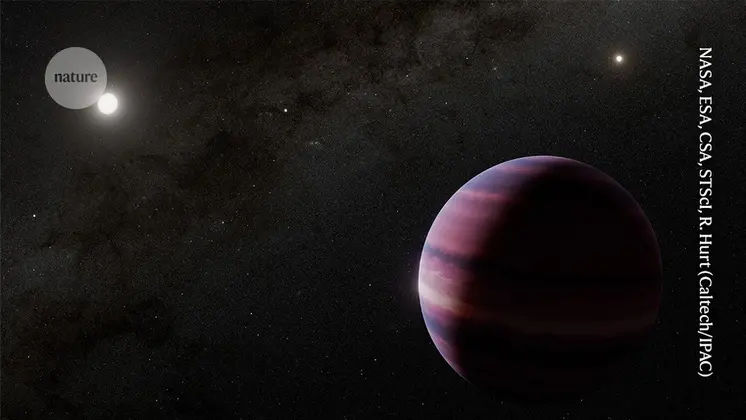
Astronomers discover possible planet near Alpha Centauri A
Astronomers discover planet reminiscent of Avatar
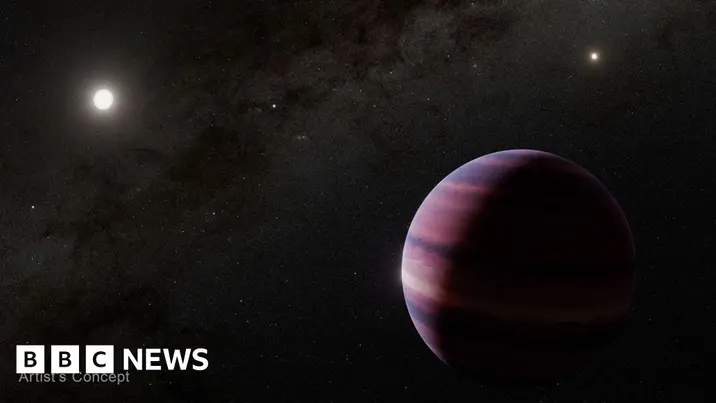
Nearby exoplanet signs found
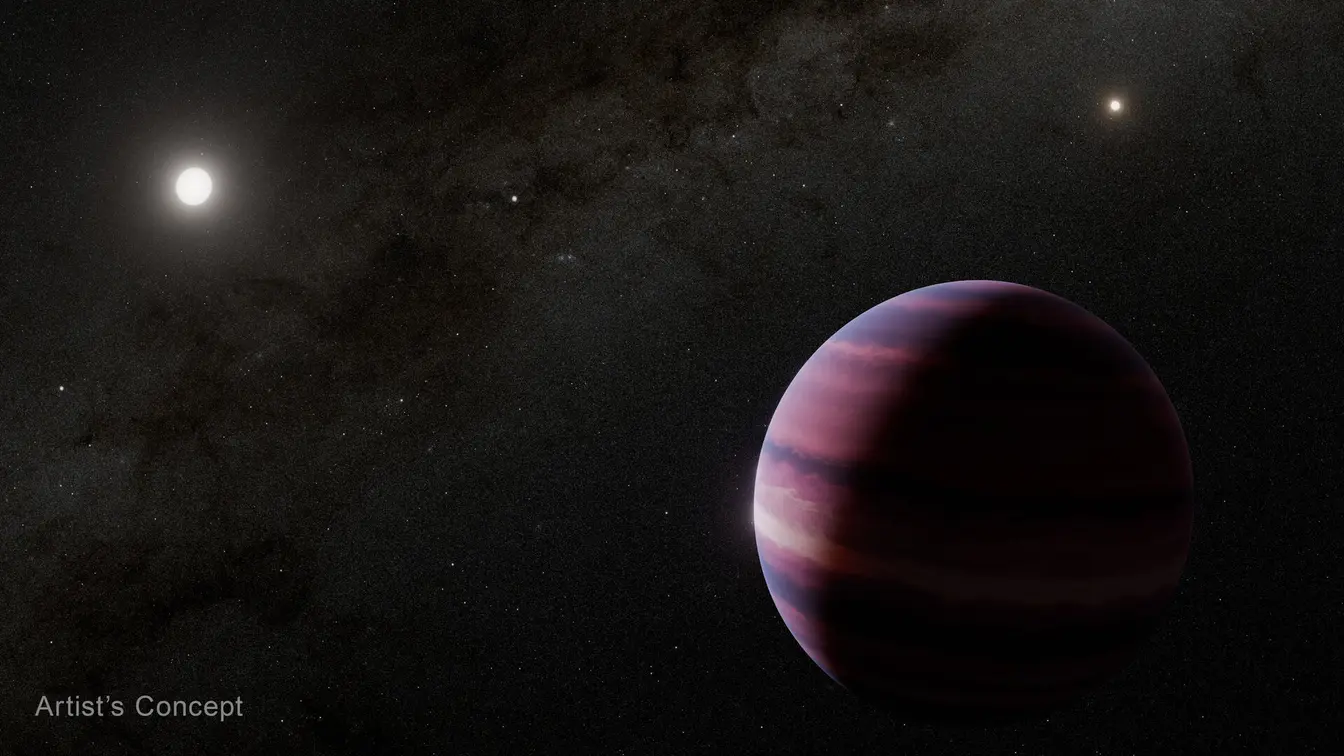
Astronomers detect potential gas giant near Alpha Centauri
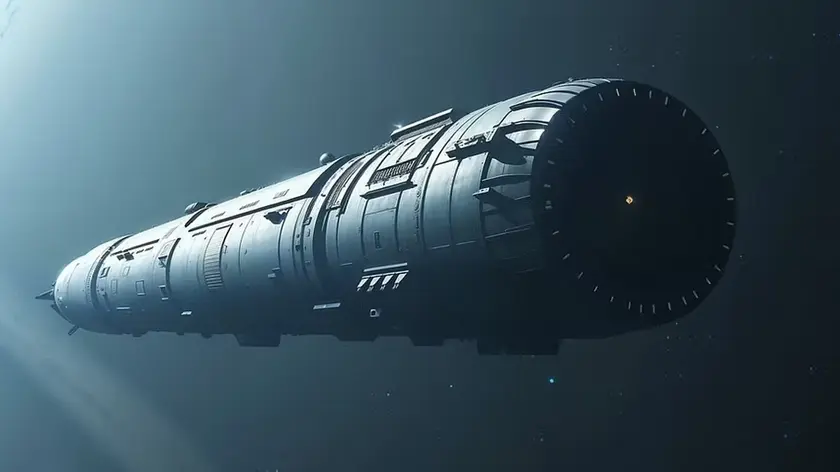
Chrysalis spacecraft wins design competition
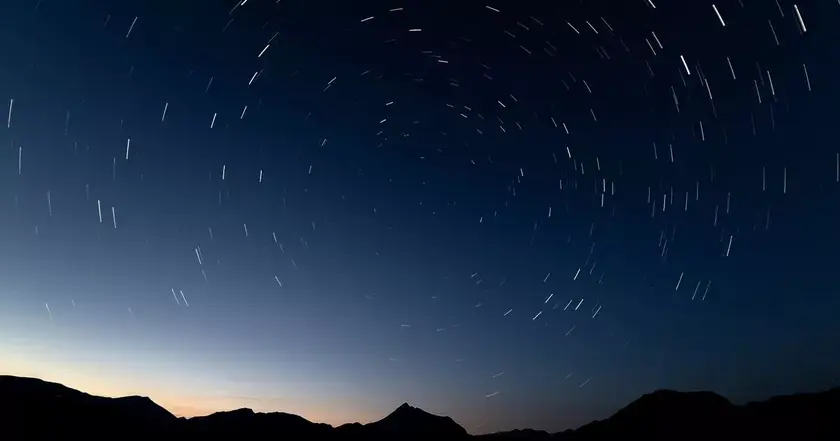
Double meteor shower peaks tonight in the UK
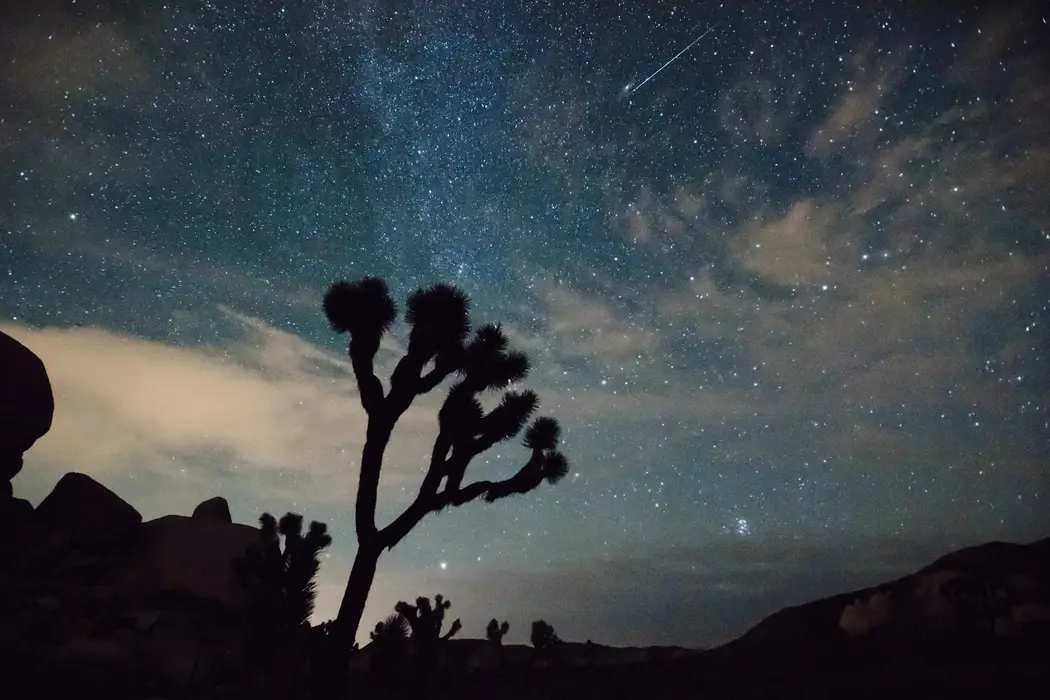
Perseid meteor shower peaks this week
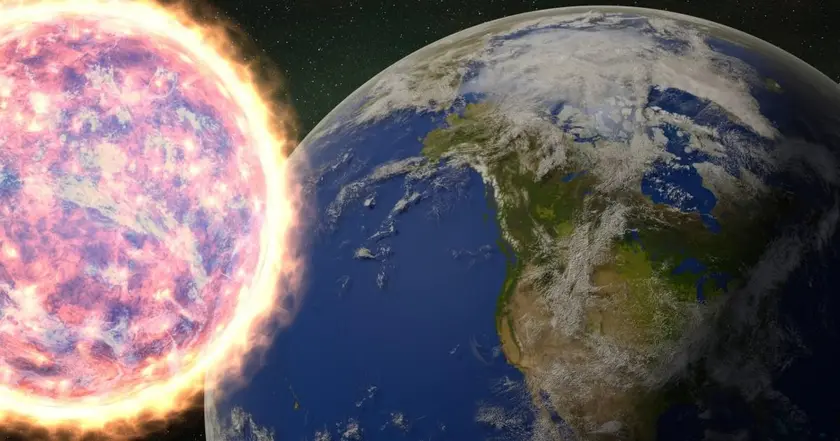
Scientists discover unusual super-Earth 154 light years away
